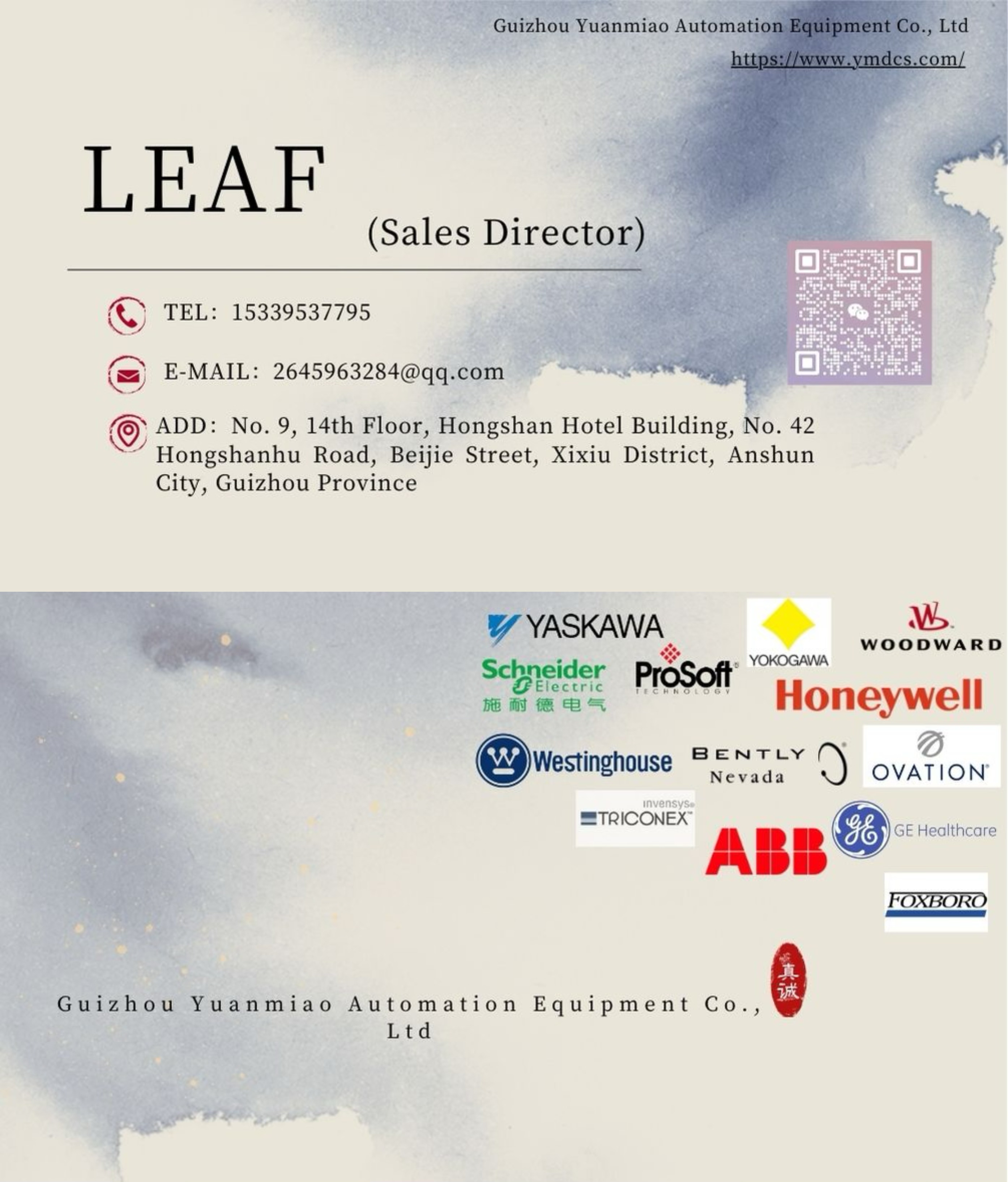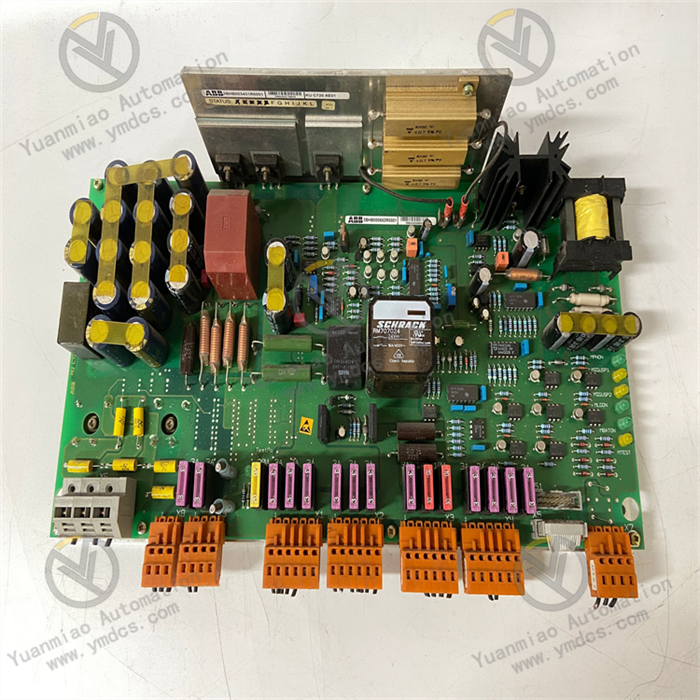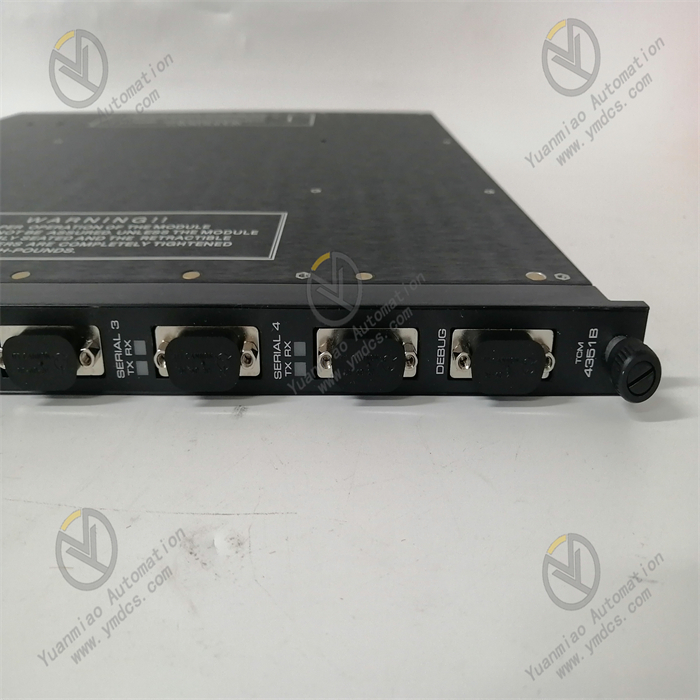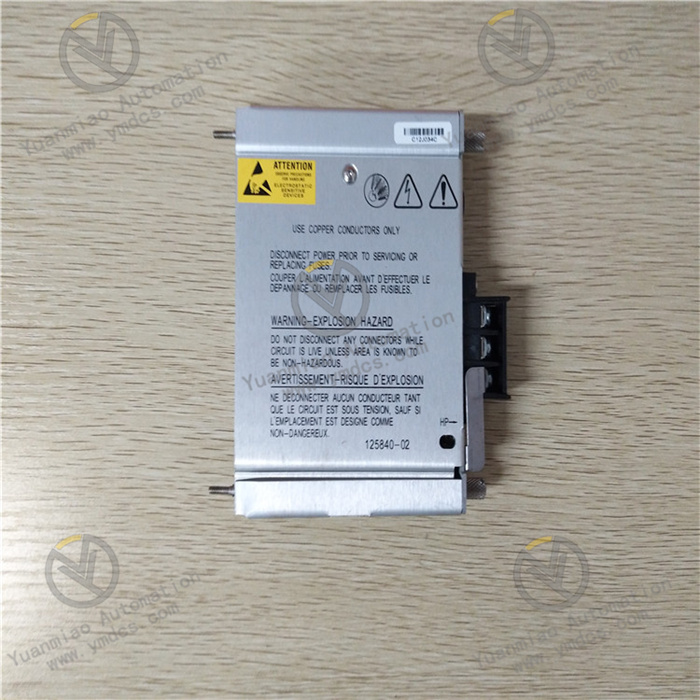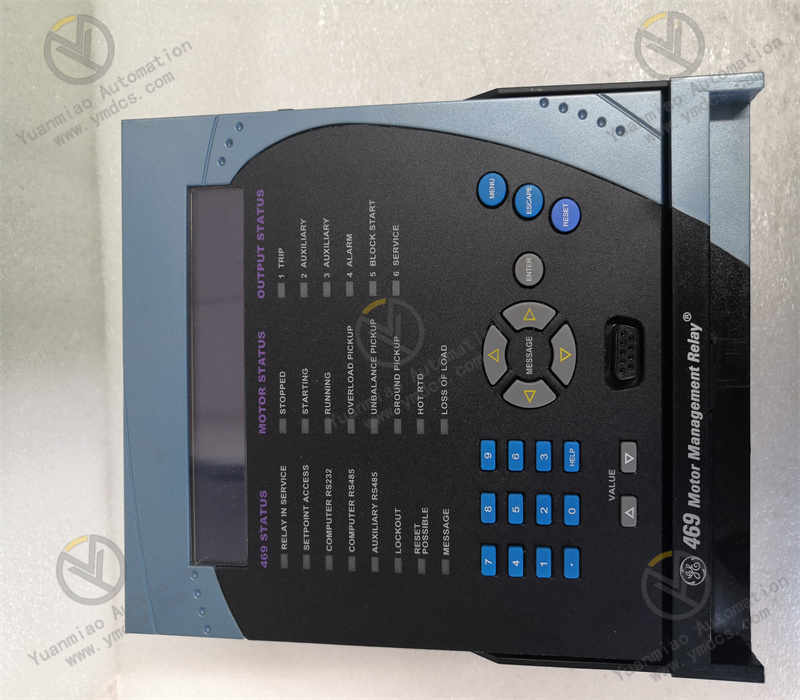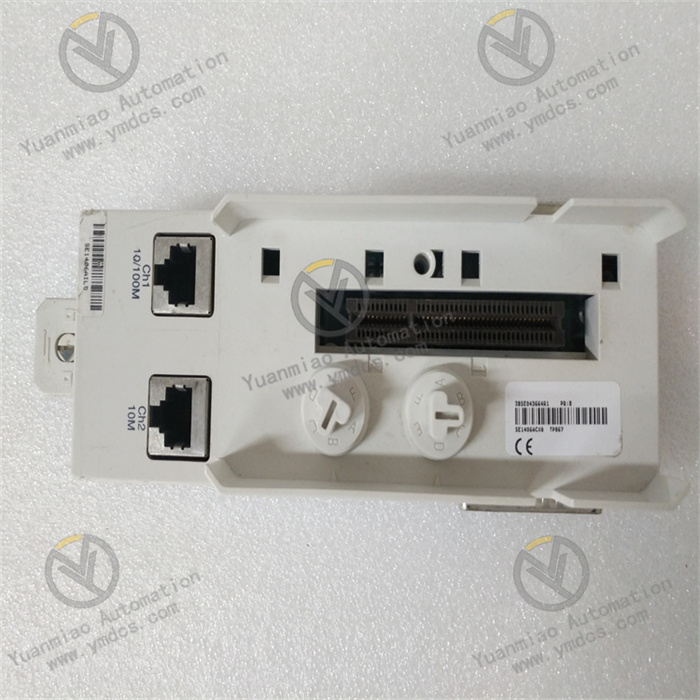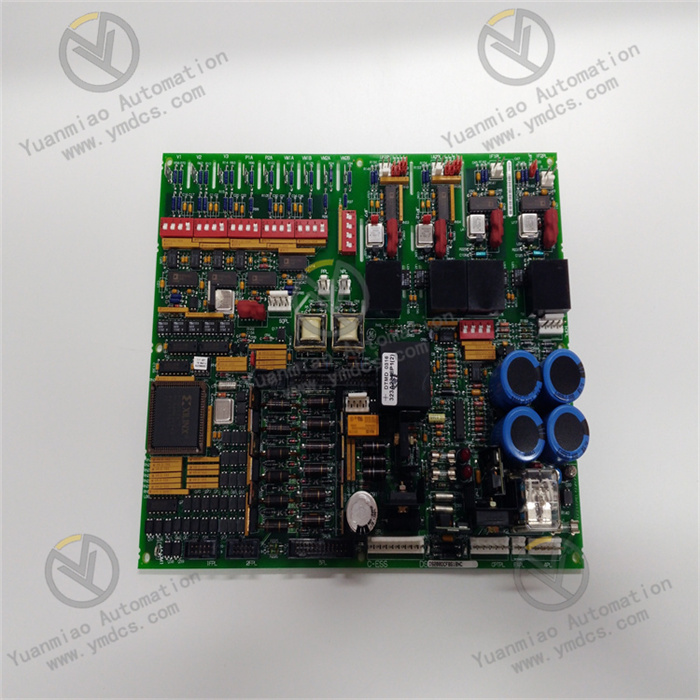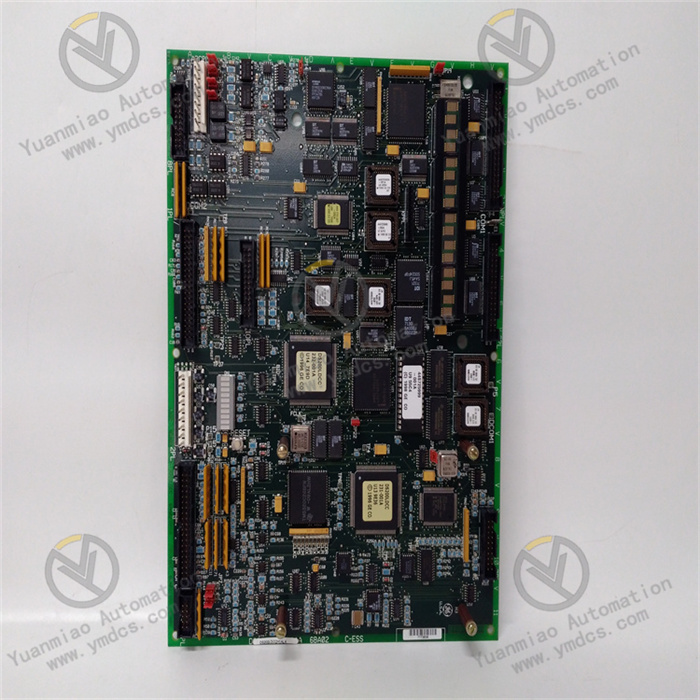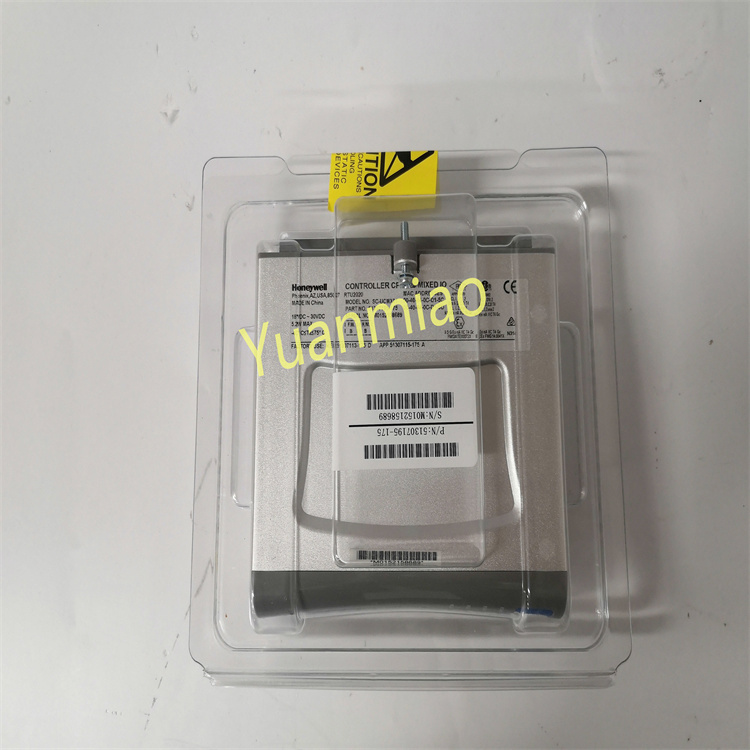Description
ABB CI610 3BHT300003R1 I/O Bus Extender
Product Features:
High Reliability: Utilizes high-quality electronic components and advanced manufacturing processes, offering strong anti-interference capabilities and stability to ensure long-term stable operation in harsh industrial environments.
Strong Compatibility: Compatible with other ABB products and various third-party devices, facilitating system integration and expansion for users.
Rich Functions: Equipped with multiple input/output functions and communication interfaces to meet diverse needs of different users.
Easy to Use: Features a user-friendly human-machine interface and programming interface, enabling engineers to easily configure, program, and debug systems, reducing the difficulty of system development and maintenance.
Strong Compatibility: Compatible with other ABB products and various third-party devices, facilitating system integration and expansion for users.
Rich Functions: Equipped with multiple input/output functions and communication interfaces to meet diverse needs of different users.
Easy to Use: Features a user-friendly human-machine interface and programming interface, enabling engineers to easily configure, program, and debug systems, reducing the difficulty of system development and maintenance.
Technical Parameters:
- Power Supply Voltage: DC 24V.
- Communication Protocols: Supports multiple communication protocols such as Profibus DPV1, Profinet, DeviceNet, and EtherCAT, enabling convenient connection and communication with different industrial networks.
- Data Transmission Rate: Up to 10Mbps, meeting high-speed data transmission requirements and ensuring system real-time performance and response speed.
- Operating Temperature Range: -20°C to +55°C, adapting to a wide temperature environment and enabling stable operation under various industrial site conditions.
- Protection Level: IP20, providing a certain degree of dust protection and prevention of foreign object intrusion.
- Dimensions: 125mm×105mm×34mm, with a compact structure for easy installation in various control cabinets or equipment.
- Weight: Approximately 0.12kg, lightweight for easy handling and installation.
Application Fields:
Widely used in industrial fields such as manufacturing, petrochemical, power, metallurgy, papermaking, and water treatment. It can be applied to various industrial automation control systems, such as process control systems, distributed control systems (DCS), and programmable logic controller (PLC) systems, to achieve monitoring, control, and optimization of production processes.
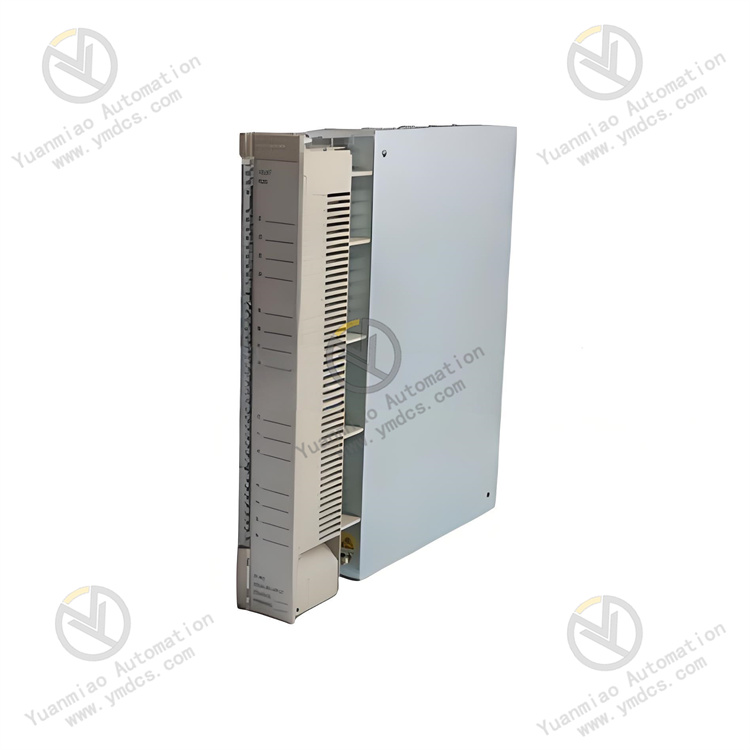
Common Faults, Possible Causes, and Solutions for ABB CI610 Module in Industrial Applications:
1. Communication Faults
1.1 Module Fails to Communicate with the Master Control System
- Possible Causes:
- Loose, open, or shorted communication cables.
- Incorrect communication parameter settings (e.g., baud rate, slave address, protocol type).
- Module power failure or unstable voltage.
- Faults in the master control system or host computer software.
- Damaged communication interface (e.g., burnt interface chip).
- Solutions:
- Check communication cable connections, re-plug or replace cables, and use a multimeter to test for continuity.
- Ensure communication parameters (e.g., Profibus address, Profinet device name) match those of the master control system, and reconfigure them with reference to the manual.
- Measure the module's power voltage (DC 24V) to ensure stable power supply.
- Restart the master control system or host computer software to eliminate temporary software faults; if ineffective, check system logs or diagnostic information.
- Replace the module or contact professional maintenance personnel if the interface is damaged.
1.2 Abnormal Communication Data or Packet Loss
- Possible Causes:
- Electromagnetic interference (e.g., strong interference sources like motors or frequency converters nearby).
- Mismatch between communication rate and cable length (e.g., using long cables at high speeds without repeaters).
- Outdated module firmware with compatibility issues.
- Conflicting addresses among multiple devices (e.g., duplicate slave addresses in a Profibus network).
- Solutions:
- Ensure communication cables are kept away from strong interference sources, use shielded cables, and ground them correctly.
- Adjust the communication rate according to cable length (refer to protocol specifications for cable length and rate), and add repeaters if necessary.
- Download the latest firmware from the ABB official website and upgrade the module firmware according to the manual.
- Check addresses of all devices in the network to ensure uniqueness and no out-of-range values.
2. Input/Output (I/O) Faults
2.1 Abnormal Analog Input (AI)
- Possible Causes:
- Faulty sensor or poor signal cable contact.
- Incorrect signal type settings (e.g., module not matched to sensor output type, such as 4-20mA, 0-10V).
- Damaged module channel or out-of-range measurement.
- Solutions:
- Use a multimeter to measure the sensor's output signal and check for loose terminal connections.
- Confirm that the signal type and range in the module configuration match the sensor (e.g., set via DIP switches or software).
- Replace the channel or module and test for normal operation.
2.2 No Response from Digital Output (DO)
- Possible Causes:
- Disabled output channel or configuration error.
- Load overload or short circuit triggering module protection.
- External power supply failure (e.g., unconnected load power).
- Solutions:
- Check module configuration to ensure the channel is enabled and output is enabled.
- Disconnect the load and use a multimeter to check channel output; if shorted, troubleshoot load or wiring faults.
- Verify normal operation of the load power supply and ensure voltage matching (e.g., DC 24V load requires corresponding power supply).
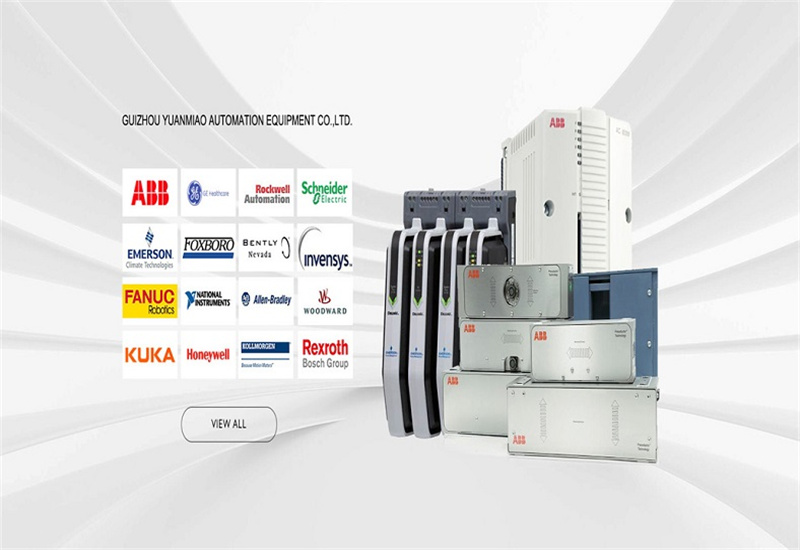
3. Power and Hardware Faults
3.1 Module Power Indicator Not Lit
- Possible Causes:
- Loose or unconnected power wiring.
- Faulty power adapter or voltage outside the module's allowable range (e.g., below DC 20V or above DC 28V).
- Damaged internal power circuit of the module.
- Solutions:
- Check power terminal connections, reconnect, and ensure good contact.
- Use a multimeter to measure power voltage, ensure it is within DC 24V±20%, and replace the faulty power adapter.
- Replace the module if the internal circuit is damaged.
3.2 Module Overheating or Unusual Heating
- Possible Causes:
- Poor ventilation in the installation environment, hindering heat dissipation.
- The module operates long-term in an environment exceeding the rated temperature (e.g., above 55°C).
- Aging or short circuit of internal components.
- Solutions:
- Ensure good ventilation at the module installation location, keep it away from heat-generating equipment, and add cooling fans if necessary.
- Improve the ambient temperature to ensure operation within -20°C~+55°C.
- Immediately power off and replace the module if heating is accompanied by unusual noise or odor.
4. System Compatibility and Configuration Faults
4.1 Module Not Recognized or Configuration Failed
- Possible Causes:
- Incompatible configuration software version (e.g., GSD file or device description file not installed for the module).
- Mismatch between module hardware version and software version.
- Faulty system card slot or backplane.
- Solutions:
- Download the corresponding module's GSD file (e.g., for Profibus protocol) or device description file from the ABB official website and import it into the configuration software.
- Ensure the module hardware version matches the software-supported version, and update the software or replace the module.
- Check if the module is properly installed in the card slot and try replacing the card slot or backplane.
5. Preventive Maintenance Suggestions
- Regular Inspections:
- Check module wiring for looseness and indicator status monthly.
- Clean dust from the module surface quarterly to ensure good heat dissipation.
- Configuration Backup:
- Regularly back up module configuration data and firmware versions for quick recovery after faults.
- Environmental Management:
- Control industrial environment temperature and humidity to avoid moisture, dust, or corrosive gases affecting module lifespan.
Related Products
ABB PCD230A101 3BHE022291R0101 Excitation Controller Module
ABB PFRL101C-1.0kN 3BSE023316R1002 Pressductor Radial Load Cell
ABB S-113H 3BHB018008R0003 | Rack
ABB REL561 1MRK002496-AC丨Line Protection Terminal
ABB UAD149A1501 3BHE014135R1501 | Excitation System Controller
